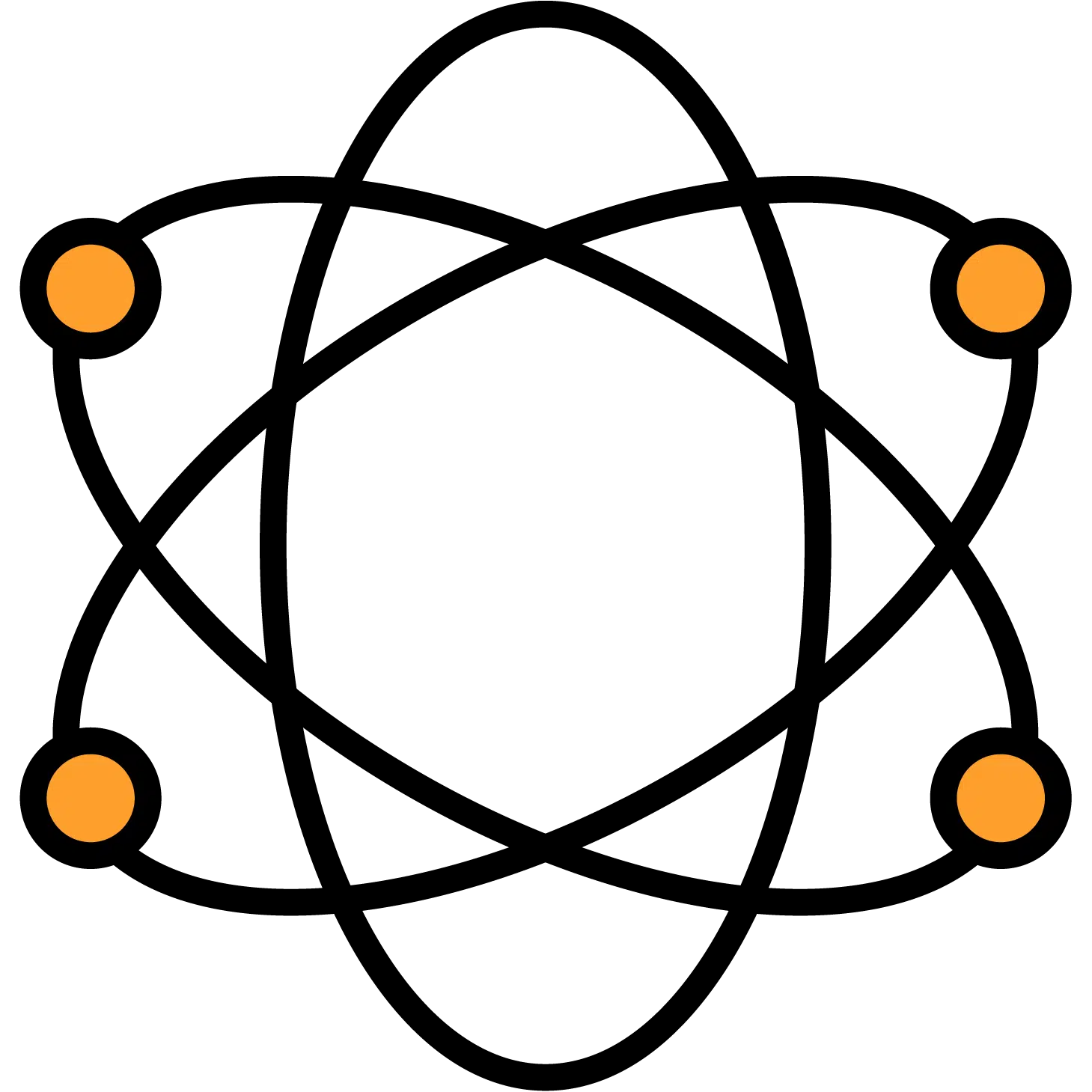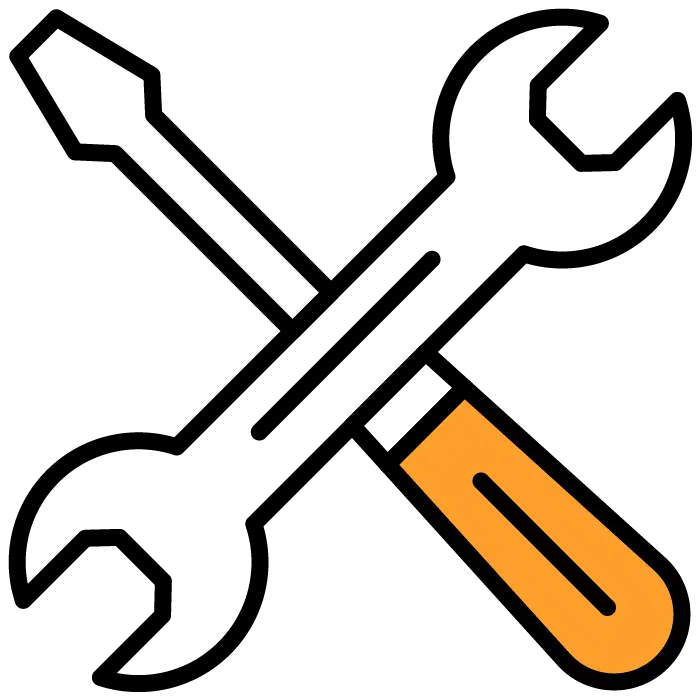Welcome! If you’re looking to boost your organization’s performance through an effective HR process, you’ve come to the right place.
In this guide, we’ll walk you through the ins and outs of the hr performance management process in a conversational, easy-to-understand way.
Whether you’re an HR professional, a manager, or just curious about how performance management works in HR, this comprehensive guide will help you get a clear picture of every step involved.
We’ll cover everything from setting clear goals and monitoring performance to providing feedback and leveraging modern tools.
And, as you read along, you’ll find helpful links to other in-depth articles on our website.
For a broader perspective, check out our pillar post HR Performance Management: A Complete Guide.
Table of Contents
| Section | Description |
| 1. Introduction | Why performance management matters and its benefits |
| 2. Key Components of the Process | Critical elements of an effective performance management process |
| 3. Step-by-Step HR Performance Management | Detailed phases and actionable steps |
| 4. Tools & Best Practices | Technology and methods to enhance the process |
| 5. Common Challenges & Solutions | Overcoming hurdles in implementing performance management |
| 6. Case Studies & Examples | Real-world insights and success stories |
1. Introduction
Performance management isn’t just about annual reviews—it’s an ongoing process that drives both individual and organizational growth.
At its core, the performance management process in HR involves setting expectations, continuously monitoring progress, providing feedback, and adjusting strategies as needed.
This ensures that employees not only meet but exceed their potential, leading to a more dynamic and productive workplace.
Why Is Performance Management Important in HR?
Effective performance management can:
- Increase employee engagement and accountability.
- Align individual objectives with organizational goals.
- Identify training needs and foster professional development.
For a deeper dive, check out our article on Why Is Performance Management Important in HR?.
2. Key Components of the Process
A successful hr performance management process includes several core components:
- Goal Setting: Clearly defining what success looks like for every role.
- Continuous Monitoring: Regularly tracking progress and performance metrics.
- Feedback & Coaching: Offering timely and constructive feedback.
- Performance Reviews: Conducting formal evaluations to summarize achievements and areas for improvement.
- Development & Training: Investing in professional growth to boost performance.
- Recognition & Rewards: Celebrating successes to motivate and retain top talent.
Each of these components plays a vital role in the overall HR process covered in performance management.
3. Step-by-Step HR Performance Management
Let’s break down the process into manageable steps:
Step 1: Set Clear Objectives & KPIs
- Define Goals: Work with employees to set SMART goals (Specific, Measurable, Achievable, Relevant, Time-bound).
- Establish Metrics: Identify key performance indicators (KPIs) that align with organizational goals.
Example Table: Goal Setting
| Goal | KPI | Target | Timeline |
| Increase sales performance | Sales revenue growth | 10% increase | Q4 |
| Enhance customer satisfaction | Customer satisfaction score | 90%+ satisfaction | 6 months |
Step 2: Monitor Performance Regularly
- Regular Check-Ins: Schedule weekly or monthly one-on-one meetings.
- Use Software Tools: Leverage HR performance management software for real-time insights.
For more on digital solutions, see our post on HR Performance Management Software: Features & Benefits.
Step 3: Provide Ongoing Feedback & Coaching
- Constructive Feedback: Offer balanced feedback that highlights strengths and areas for improvement.
- Coaching Sessions: Organize training and mentoring to help employees overcome challenges.
Step 4: Conduct Formal Reviews
- Mid-Year and Annual Reviews: Summarize performance, discuss career development, and update goals.
- Self-Assessments: Encourage employees to reflect on their own performance.
Step 5: Plan Development & Reward Success
- Training Programs: Identify opportunities for skill enhancement and professional growth.
- Recognition: Celebrate achievements through rewards and incentives.
4. Tools & Best Practices
Tools for Performance Management
Modern technology plays a crucial role in streamlining the hr performance management process. Consider integrating:
- Performance Management Software: Tools that track KPIs, schedule reviews, and provide analytics.
- HR Analytics Platforms: Use data to identify trends and inform strategic decisions.
- Collaboration Tools: Enhance communication between managers and employees.
Best Practices
- Be Consistent: Ensure that performance evaluations are standardized across all departments.
- Encourage Open Communication: Foster an environment where feedback flows freely.
- Stay Agile: Adapt your process to reflect changing business needs.
5. Common Challenges & Solutions
Implementing a robust performance management process isn’t without its challenges. Here are a few common hurdles and practical solutions:
- Challenge: Inconsistent Feedback
Solution: Standardize feedback sessions and train managers on effective communication. - Challenge: Lack of Engagement
Solution: Involve employees in goal-setting and use recognition programs to boost motivation. - Challenge: Data Overload
Solution: Use intuitive software that highlights key metrics and trends rather than overwhelming you with data.
6. Case Studies & Real-World Examples
Real-world examples provide valuable insights into how effective performance management can drive success. Here are a few scenarios:
- Example 1: A mid-sized sales team improved performance by 15% after introducing quarterly reviews and targeted training.
- Example 2: A tech startup streamlined its onboarding and performance review process, leading to higher employee satisfaction and lower turnover.
Final Thoughts
An effective HR performance management process is essential for any organization striving to improve productivity and foster growth.
By setting clear goals, continuously monitoring progress, providing ongoing feedback, and leveraging modern tools, you can create a system that not only drives performance but also nurtures a positive and engaging workplace culture.
For a broader understanding of performance management, explore our pillar topic HR Performance Management: A Complete Guide. Also, consider reading our related articles:
Embrace these insights and tools to build a performance management process that not only measures success but also actively contributes to the growth and satisfaction of your team. Happy managing!




